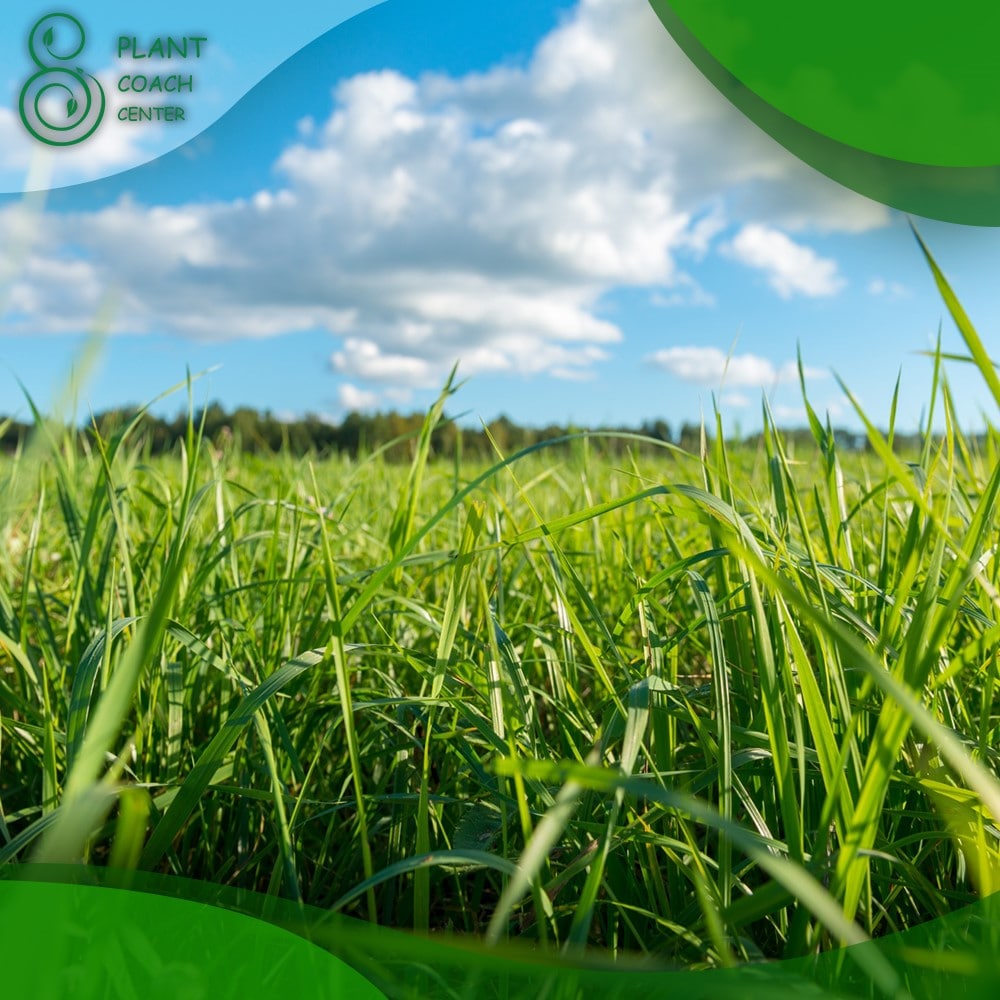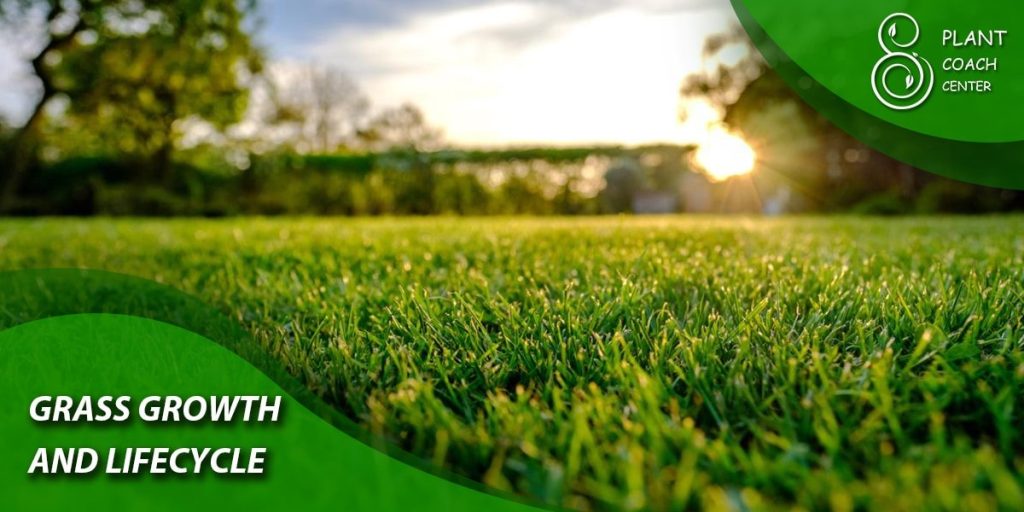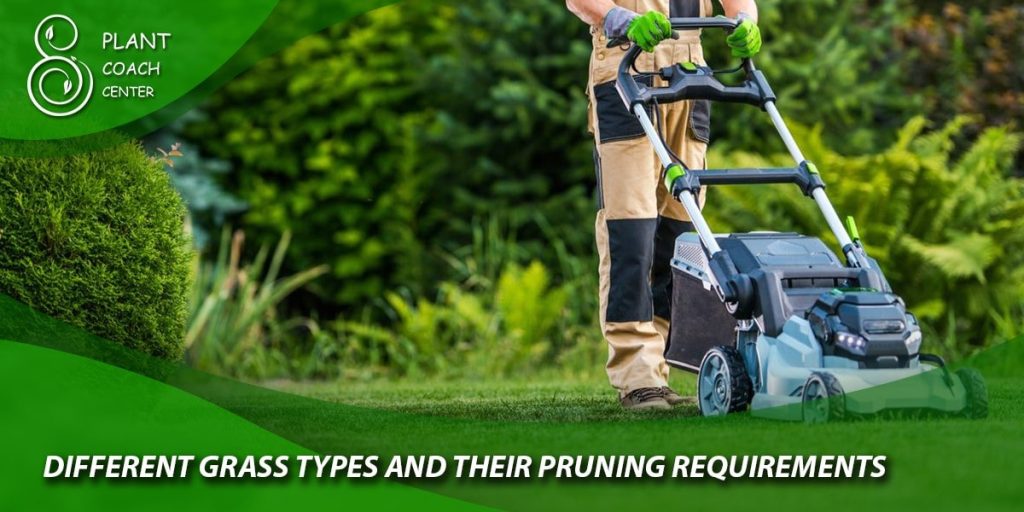When to Cut Back Grasses
Grasses are an essential part of our landscapes, providing lush greenery, oxygen production, erosion control, and habitats for various wildlife. Pruning, or cutting back grasses, is a crucial horticultural practice that maintains the health, aesthetics, and functionality of grasslands. Proper pruning stimulates growth, prevents overgrowth, and ensures the longevity of different grass species.
Understanding Different Types of Grasses
Grasses come in various species and varieties, each with distinct growth patterns, seasonal preferences, and maintenance needs. Common types include cool-season grasses such as Kentucky Bluegrass and Fine Fescue, and warm-season grasses like Bermuda Grass and Zoysia Grass.
The Benefits of Regular Pruning
Pruning offers several benefits, including:
- Encouraging new growth and rejuvenating grasses
- Removing dead or diseased plant parts
- Controlling the spread of invasive species
- Enhancing the aesthetic appeal of lawns and landscapes
- Improving air circulation and reducing pest problems
Grass Growth and Lifecycle
Understanding the growth stages of grasses is fundamental to know when to prune effectively. Grasses go through four main phases: germination, establishment, dormancy, and active growth.
The Growth Stages of Grasses
- Germination: This initial phase occurs when seeds sprout and establish roots.
- Establishment: During this phase, grass plants develop root systems and new shoots.
- Dormancy: In colder regions, grasses go dormant in winter, conserving energy until warmer temperatures return.
- Active Growth Periods: Grasses flourish during spring and summer, displaying vigorous growth and lush foliage.
Understanding Dormancy and Active Growth Periods
Pruning during dormant periods is generally safe and can help prepare grasses for robust growth when the active season returns. However, specific grass types may require distinct pruning schedules based on their unique growth cycles.
Factors Influencing the Cutting Back of Grasses
Timing the pruning process involves considering various factors that affect grass growth and health.
Climate and Seasonal Considerations
- Temperature: Warm-season grasses thrive in hotter climates, while cool-season grasses prefer milder temperatures.
- Precipitation: Grass growth is influenced by the availability of water, with some species being more drought-tolerant than others.
- Seasons: Different grass types have specific preferences for pruning based on their seasonal behavior.
Soil Conditions and Nutrient Availability
- Soil pH: Some grass species prefer acidic soils, while others thrive in alkaline environments.
- Nutrient Levels: Grasses require essential nutrients like nitrogen, phosphorus, and potassium for healthy growth.
Grass Species and Varieties
Each grass type has unique characteristics and pruning needs. Understanding the specific requirements of the grasses in your lawn or landscape is crucial for effective pruning.
Identifying the Right Time for Pruning
Pruning at the appropriate time is essential for promoting healthy growth and preventing damage to grasses.
Visual Signs and Cues
- Yellowing Leaves: Yellowing foliage may indicate the need for pruning to remove dead or dying plant material.
- Seedhead Development: Trimming seedheads can redirect the plant’s energy towards root and shoot growth.
Monitoring Growth Patterns
- Growth Rate: Observe how quickly the grass is growing to plan the pruning schedule accordingly.
- Plant Height: Prune cool-season grasses when they reach around 3 to 4 inches in height, and warm-season grasses when they’re about 2 to 3 inches tall.
Tools and Equipment Needed for Pruning
Choosing the right tools for pruning ensures clean cuts and minimizes stress on the grass plants. Some common tools include:
- Lawn Mower: Essential for regular mowing and maintaining appropriate grass height.
- Pruning Shears: Useful for detailed trimming and removing seedheads.
- Sod Cutter: Needed for removing old grass to establish new lawns.
Different Grass Types and Their Pruning Requirements
Grasses have unique characteristics and growth habits, which influence the timing and techniques for cutting back. Let’s delve into the specific pruning requirements of various grass types.
Cool-Season Grasses
- Kentucky Bluegrass (Poa pratensis)
- Pruning Frequency: During active growth periods in spring and fall, mow to maintain a height of 2.5 to 3.5 inches.
- Pruning Techniques: Remove no more than one-third of the grass height during a single mowing session.
- Overwintering: Cut back slightly shorter before winter to reduce snow mold risk but avoid scalping.
- Perennial Ryegrass (Lolium perenne)
- Pruning Frequency: Regularly mow to maintain a height of 1.5 to 2.5 inches.
- Pruning Techniques: Follow the one-third rule to avoid stressing the grass, and avoid cutting too short during hot weather.
- Fine Fescue (Festuca spp.)
- Pruning Frequency: Mow at a height of 2.5 to 4 inches during the active growth season.
- Pruning Techniques: Fine fescues generally require less frequent pruning due to their slower growth rate.
Warm-Season Grasses
- Bermuda Grass (Cynodon dactylon)
- Pruning Frequency: During active growth in summer, maintain a height of 1 to 1.5 inches for a well-manicured lawn or up to 2 inches for sports fields.
- Pruning Techniques: Frequent mowing may be necessary during peak growth to prevent thatch buildup.
- Zoysia Grass (Zoysia spp.)
- Pruning Frequency: Mow at a height of 1 to 2 inches during peak growth.
- Pruning Techniques: Zoysia grass benefits from periodic dethatching to maintain healthy growth.
- St. Augustine Grass (Stenotaphrum secundatum)
- Pruning Frequency: Regularly mow to maintain a height of 2.5 to 4 inches during the active season.
- Pruning Techniques: Avoid scalping and cut back gradually during fall to prepare for winter.
Specific Grassland Landscapes and Pruning Techniques
Each grassland environment requires tailored pruning approaches to address their unique challenges and aesthetics.
Residential Lawns
- Mowing Height and Frequency: Determine the optimal mowing height for the grass type in your lawn and maintain it regularly. Most cool-season grasses thrive when cut at 2.5 to 3.5 inches, while warm-season grasses do well at 1 to 2 inches.
- Dealing with Thatch and Lawn Diseases: Periodic dethatching can help prevent thatch buildup and improve grass health. Additionally, proper watering and aeration reduce the risk of lawn diseases.
Sports Fields and Recreational Areas
- Impact of Regular Usage on Pruning Schedule: High-traffic areas may require more frequent mowing to maintain a consistent height.
- Managing Wear and Tear: Overseed damaged areas to promote quick recovery and maintain a lush, green playing surface.
Ornamental Grasses in Gardens
- Ornamental Grass Types and Their Pruning Needs: Different ornamental grasses have specific pruning requirements. Some may be cut back to the ground in late winter, while others benefit from leaving a few inches of stubble for winter protection.
- Creating Aesthetic Appeal through Pruning: Prune ornamental grasses in a way that enhances their unique shapes and textures, adding visual interest to garden landscapes.
Pruning Grasses in Various Environments
The pruning approach for grasses varies depending on the environmental conditions and specific challenges posed by different regions.
Urban and Suburban Areas
- Limited Space: In urban settings, lawns are often smaller, requiring more frequent pruning to maintain a neat appearance.
- Noise and Air Pollution: Choose electric or battery-powered mowers to reduce noise and air pollution in urban neighborhoods.
- Weed Control: Regular mowing helps control weeds and prevents them from competing with the grass for nutrients and sunlight.
Rural Landscapes and Large Meadows
- Large-Scale Equipment: For extensive grasslands, consider using tractor-mounted mowers or specialized mowing equipment to increase efficiency.
- Conservation Considerations: In rural areas with native grasslands, carefully plan pruning to protect wildlife habitats and preserve biodiversity.
Coastal and Desert Regions
- Salinity Tolerance: In coastal regions, choose salt-tolerant grass species and adjust pruning schedules based on proximity to the sea.
- Drought Resistance: In desert regions, opt for drought-resistant grasses and adjust pruning frequency to conserve water.

Understanding Overgrowth and Invasive Grasses
Some grass species can become invasive and threaten the ecological balance of an area. Controlling these invasive grasses is crucial to preserving native plant communities.
Controlling Invasive Grass Species
- Early Detection and Eradication: Regularly inspect grasslands for invasive species and remove them promptly before they can spread.
- Herbicide Use: In extreme cases, selective herbicides can be used to control invasive grasses while preserving native vegetation.
Methods of Clearing Overgrown Grassland
- Mechanical Clearing: Use mowers, brush cutters, or controlled burns to clear large areas with overgrown grass.
- Grazing and Controlled Livestock: In some cases, controlled grazing by livestock can help manage overgrowth.
The Impact of Climate Change on Grass Pruning
Climate change can significantly affect grass growth patterns and timing. As global temperatures rise, it is essential to adapt pruning practices accordingly.
Altered Growth Patterns and Seasons
- Extended Growing Seasons: Warmer temperatures may lead to longer active growth periods, requiring adjustments to pruning schedules.
- More Frequent Mowing: Increased growth rates might necessitate more frequent mowing in some regions.
Mitigating Climate-Related Challenges in Pruning
- Water Management: Optimize irrigation practices to cope with changing precipitation patterns and water availability.
- Soil Health: Improve soil health to enhance grass resilience and withstand temperature fluctuations.
Common Mistakes in Grass Pruning and How to Avoid Them
Pruning mistakes can lead to stressed or damaged grasses. Here are some common errors to avoid:
Overpruning and Scalping
- Recovery Period: Overpruning can shock grasses and weaken their root systems, leading to a prolonged recovery period.
- Proper Height: Follow the recommended mowing height for each grass type to prevent scalping and stress.
Neglecting Pruning and Its Consequences
- Thatch Buildup: Neglecting to prune can result in thatch accumulation, hindering water and nutrient absorption.
- Disease and Pest Incidence: Overgrown grass is more susceptible to diseases and pest infestations.
Case Studies and Success Stories
Real-world examples provide valuable insights into effective grass pruning and its impact on different landscapes.
Examples of Well-Pruned Grasslands
- Central Park, New York City
- Pruning Techniques: Central Park’s lawns are expertly pruned, maintaining a consistent height of around 2.5 to 3.5 inches for cool-season grasses.
- Benefits: Well-maintained lawns contribute to the park’s beauty, attracting numerous visitors and providing a recreational oasis within the bustling city.
- Sports Fields at Wembley Stadium, London
- Pruning Techniques: The sports fields at Wembley Stadium are meticulously pruned to different heights depending on the grass type, ensuring optimal playability and aesthetics.
- Benefits: The well-kept fields enhance the overall sports experience and uphold the stadium’s reputation as an iconic venue.
Lessons Learned from Grassland Restoration Projects
- Native Grassland Restoration in California
- Challenge: Invasive grass species had taken over native grasslands, threatening local ecosystems.
- Approach: Through a combination of mechanical clearing, controlled burns, and replanting native grass species, the area was restored.
- Outcomes: Biodiversity increased, and native wildlife returned, highlighting the importance of controlling invasive species.
- Drought-Resistant Grassland Management in Australia
- Challenge: Droughts posed severe challenges to maintaining grasslands in Australia’s arid regions.
- Approach: Selecting drought-resistant grass species, optimizing water use, and adjusting pruning schedules helped grasslands survive extended dry periods.
- Outcomes: Grasslands remained green and provided vital habitat for local wildlife during droughts.
Future of Grass Pruning and Land Management
Innovative technologies and sustainable practices are shaping the future of grassland care.
Technological Advancements in Lawn Care
- Automated Mowers: Robotic mowers are becoming increasingly popular, allowing precise and efficient grass cutting.
- Smart Irrigation Systems: IoT-enabled irrigation systems use weather data to optimize watering, conserving water while maintaining healthy grass.
Sustainable Practices and Grassland Conservation
- Xeriscaping: Xeriscaping involves landscaping with drought-resistant plants, reducing water consumption and promoting sustainable practices.
- Native Grassland Restoration: Restoring native grasslands contributes to biodiversity conservation and helps combat invasive species.
Conclusion
In conclusion, pruning grasses is a critical horticultural practice that significantly impacts the health, aesthetics, and functionality of grasslands. Understanding the unique characteristics and growth habits of different grass types is essential for determining the right time and techniques for cutting back. Additionally, considering various environmental factors and challenges specific to each landscape helps create a well-maintained and sustainable grassland.
As climate change continues to influence grass growth patterns, adapting pruning practices becomes imperative for maintaining resilient and healthy grasslands. Avoiding common pruning mistakes and learning from successful case studies further enhances grassland care.
Looking to the future, technological advancements and sustainable practices will play an integral role in shaping the way we manage and conserve grasslands. By responsibly pruning grasses, we can continue to enjoy the numerous benefits they provide while preserving the natural beauty and ecological balance of our landscapes.
When is the best time to prune grasses?
During their active growth seasons, typically in spring and fall.
How short should I cut the grass?
Aim to maintain a height of 2.5 to 3.5 inches for cool-season grasses and 1 to 2 inches for warm-season grasses.
Can I use robotic mowers for grass pruning?
Yes, robotic mowers offer efficient and precise grass cutting for hassle-free lawn care.










